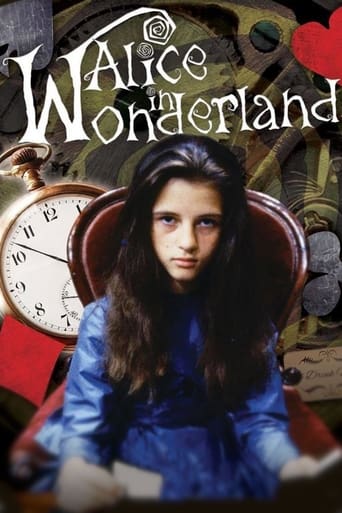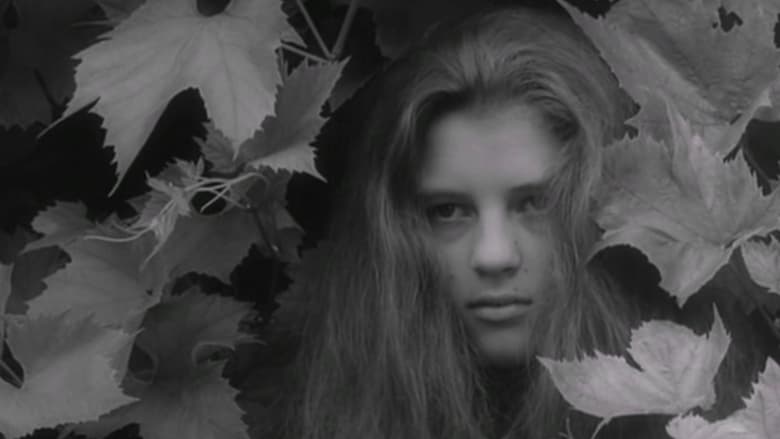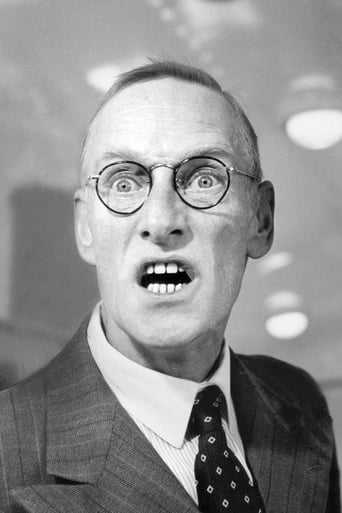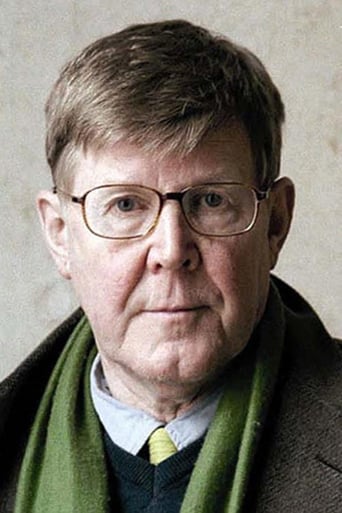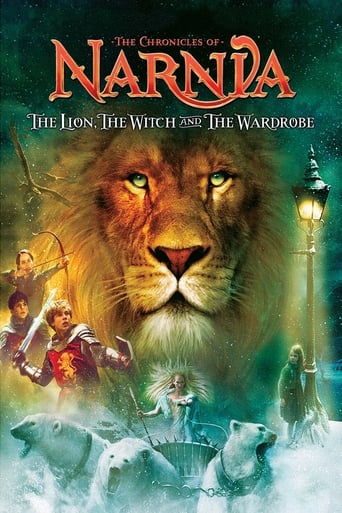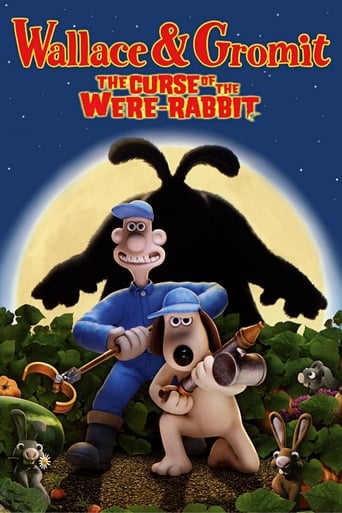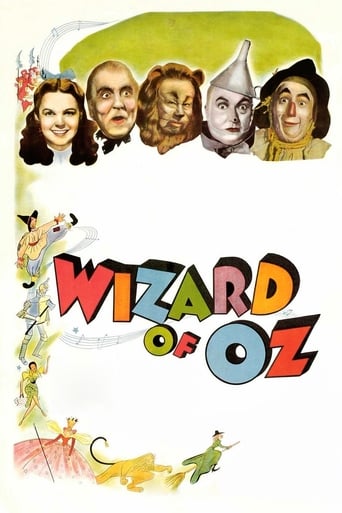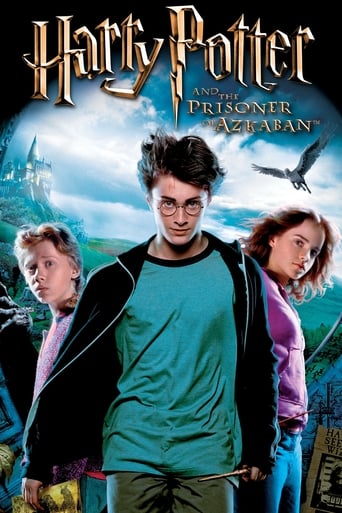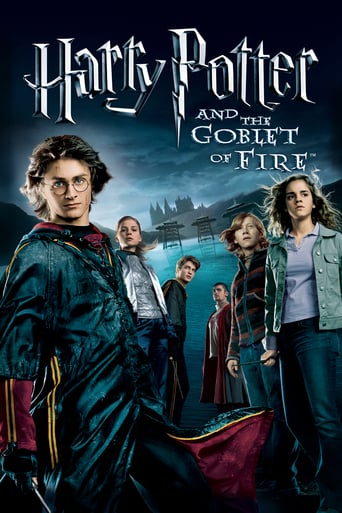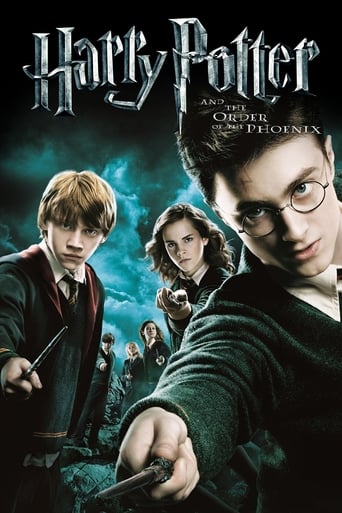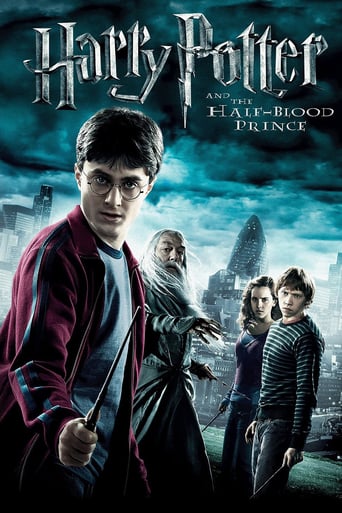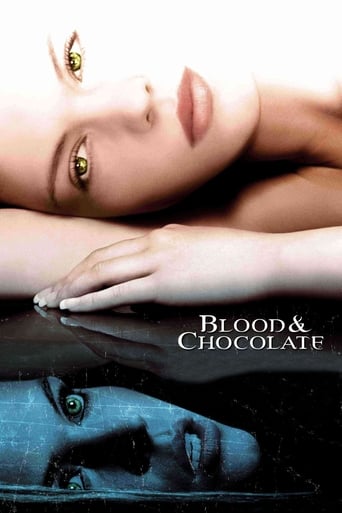Alice in Wonderland (1966)
Alice in Wonderland (1966) is a BBC television play based on Alice's Adventures in Wonderland by Lewis Carroll. It was directed by Jonathan Miller, then most widely known for his appearance in the long-running satirical revue Beyond the Fringe.
Watch Trailer
Free Trial Channels
Cast


Similar titles
Reviews
How sad is this?
This is a gorgeous movie made by a gorgeous spirit.
This is a dark and sometimes deeply uncomfortable drama
Very good movie overall, highly recommended. Most of the negative reviews don't have any merit and are all pollitically based. Give this movie a chance at least, and it might give you a different perspective.
The struggle to bring "Alice In Wonderland" to screen claims another victim in this slow-moving, joyless BBC telefilm, curiously engaging in moments but on the whole off-puttingly concerned with subtext over text.We first meet dour young Alice (Anne-Marie Mallik) preparing for a pleasant day's outdoor stroll with her older sister. Falling asleep, she finds herself in one strange place after another, meeting a series of odd characters who engage her in opaque conversations while she alternately stares off into space and tries to make out what is happening to her."How queer everything is today," we hear her say in the first of many voiceovers. "I wonder if I've been changed in the night."She has, and so are you watching this frustrating mindwarp of a movie work its fitful magic upon you between excessive languors designed, as director Jonathan Miller tells us in his director's commentary, to capture the "subliminal oddness" of dreaming and its relationship to childhood. It's an adaptation that presents little actual story (expecting you to know Lewis Carroll's text already) but instead a series of setpieces where notable actors appear and do little odd turns. Michael Redgrave plays the Caterpillar as fusty schoolmaster while Leo McKern half-sings, half-mutters his line in drag as the Ugly Duchess."Off with their heads" is one of Carroll's famous Wonderland lines. That's Miller's approach, too, having his actors appear sans animal heads. Instead, they offer distrait representations of Victorian-era human characters. This way at least we can see the actors perform their lines, but something of the magic of the source novel seems lost in translation.Miller uses the camera to capture distorted close-ups of Mallik's arresting visage, staring off, saying nothing, as if posing for the cover of "Rubber Soul." Action unfolds around her without her reacting much at all. The beauty of the summer's-day scenery enchants, even in black-and-white, but many of the shots, like the famous croquet game played with flamingos, run on with no apparent point except discomforting the actors.Peter Sellers appears here as the King of Hearts, and along with Peter Cook as the Mad Hatter sneaks in some of the "japing fun and games" Miller says he tried to discourage on set. Cook and Sellers were two of the greatest comedy geniuses of their time, and appeared together on screen rarely. Cook, a former "Beyond The Fringe" partner of Miller's, dances and mugs with annoying vigor, apparently well soused and as disconnected as Mallik, but Sellers does manage some funny moments, like when in a final courtroom scene he leads a jury in a singalong and then sighs: "They don't reach verdicts like that anymore!"The best scene, as many reviewers here note, features John Gielgud and Malcolm Muggeridge as the Tortoise and the Gryphon reminiscing about schooldays being taught "Laughing and Grief" by a Classics professor before dancing the Lobster Quadrille along a muddy, brightly lit beach. Here, at least, Miller connects with his material and the audience simultaneously. The rest of it, as Eugene Kim put it so well in his October 2004 review here, is more like "Alice's Adventures In Marienbad," twisted and tedious.The production is worth seeing once for Alice lovers, given its highly individual take on the story. British comedy enthusiasts may enjoy it, too, as in addition to the principals a young Eric Idle can be glimpsed a few times in top hat and swallowtail tie. But seen cold, without reading the book, one is left too often asking why this, why that, and, long before its 70 minutes are up, left like Mallik's Alice not caring much about the answers.
Without a doubt one of the strangest adaptations ever done of Carroll's famous book, director Jonathan Miller's spare, yet moody and intriguing take on the weirdly haunting story eschews flashy stylistic flourishes in favor of a more low-key approach that's occasionally a tad static and slightly dull, but always provides a bold, inventive, and overall refreshingly different telling of the tale. The Alice featured herein is quite sullen and snooty; she's more of a passive spectator than an active participant in her journey through a decidedly dark and dour Wonderland populated by colorful eccentrics with more than a hint of danger to them. The cute Anne-Marie Mallik may not be especially charming or likable as Alice, but she effectively projects a supercilious attitude that makes her compelling just the same. However, it's the choice supporting cast of top-rate legendary British thespians that gives this odd program a considerable lift: Peter Sellers does well as an amusingly meek and dotty King of Hearts, Michael Redgrave likewise excels as a haughty Caterpillar, Leo McKern is a hoot in drag as the batty Duchess, Wilfrid Brambell is perfect as the fey White Rabbit, and John Gielgud is sublime as the Mock Turtle. The tea party sequence rates as a definite highlight, with stand-out turns by Peter Cook as a gloriously unhinged Mad Hatter, Wilfred Lawson as the drowsy Door Mouse, and Michael Gough as a supremely sinister stuttering March Hare. The slow druggy pace takes a little getting used to, but ultimately manages to work as the narrative becomes more progressively surreal and nightmarish, reaching a hysterical fever pitch with an out of control courtroom trial that degenerates into total bedlam (Alison Leggatt's fearsome and ruthless Queen of Hearts is genuinely frightening). Crisply shot in gorgeous black and white by Dick Bush (the artful fades and dissolves are particularly impressive), with a groovy sitar score by Ravi Shankar, this bona-fide curio is well worth seeing for those looking for a unique and unconventional interpretation of this often told story.
I study Victorian literature and though I have not read Lewis Carroll's book I would like viewers of this movie to understand the time period in which it is set. It was written in 1865 and during this time period England was in the midst of colonizing India--thus the Indian music. If one thinks this is a "hippy" movie because it was filmed in the mid-1960's and appears to be very dreamlike, then I suggest that he/she read up on the story and the time period a little more. During the 19th century in England, children were expected to be seen and not heard--they were not expected to be creative and/or imaginative. Victorians were to be very proper and know their place in the world. The dreamlike surrealist feel of the movie fits very well for something that is suppose to be a dream (i know this sounds obvious, but some forget to remember it's a dream). Enjoy and remember the time in which it is set.
Most versions of Alice in Wonderland involve bratty little girls running round a brightly coloured world inhabited by clichéd characters that sing irritating songs, and the film usually has a moral of some sort. The book has been very Americanised. But not this version.What attracted me most was the way the film was shot. It was filmed on a wide angle lens, which beautifully distorts characters' faces. The scenes in which Alice drinks the 'Drink Me' bottle are cleverly done, with the wide angle lens allowing barely any need to change furniture size.Also as good is the fact the characters (The White Rabbit, The Dodo, The March Hare) do not wear any face masks or prosthetics. Instead, they are simply dressed in Victorian clothing, which allows the actors to make full use of their acting abilities.The film consists of long sequences of silence, reflecting that of an endless boring summers day. As well as this, the actors always stare off into space whenever not doing anything which gives a feeling of an old photograph.The actors are quality. The Mad Hatter's Tea Party and the Court scene are simply wonderful, with Peter Cook as the absurd Hatter and Peter Sellers as an excellent King of Hearts.Overall, this is the best version of Wonderland that's been made, in my opinion. I highly recommend it to all fans of the book.

